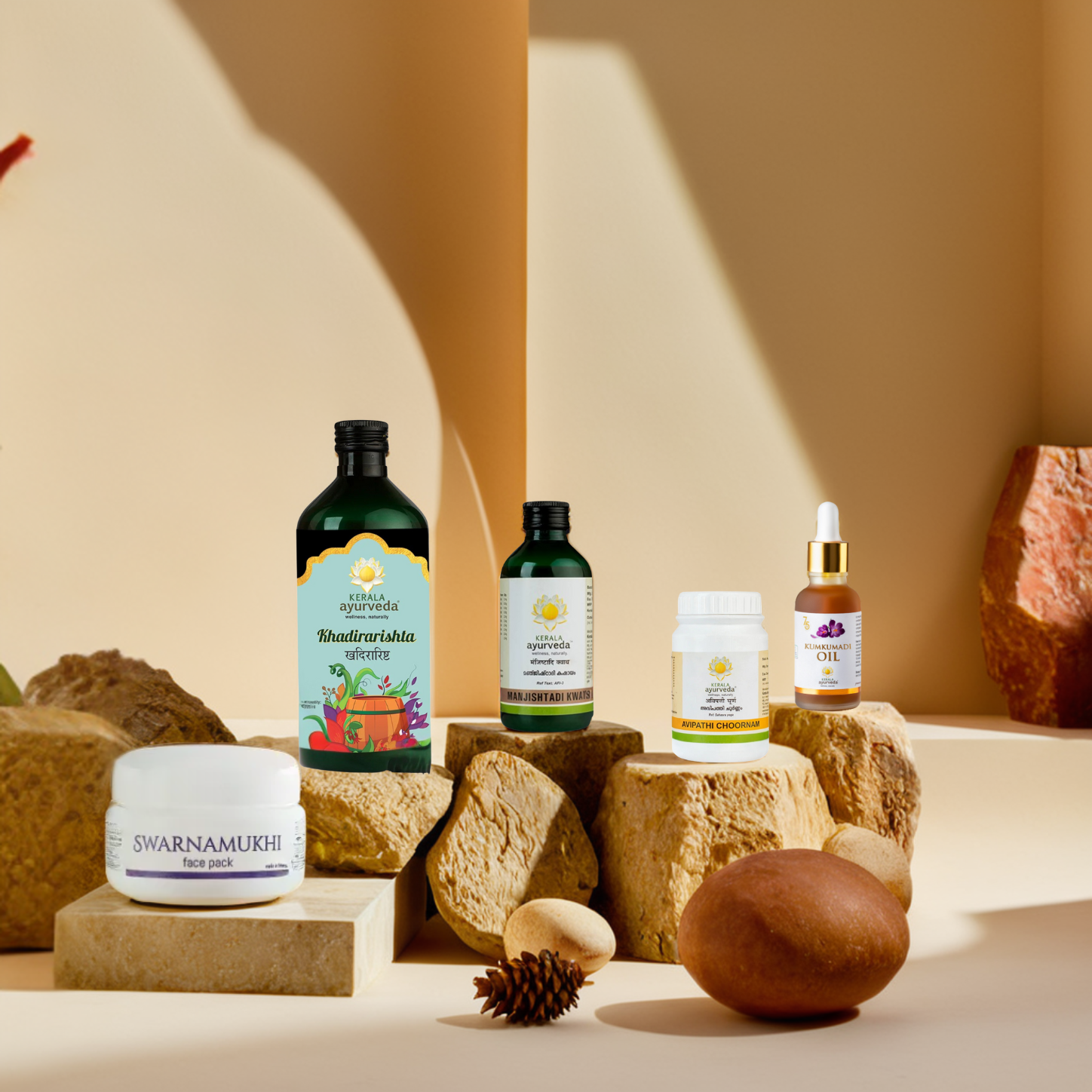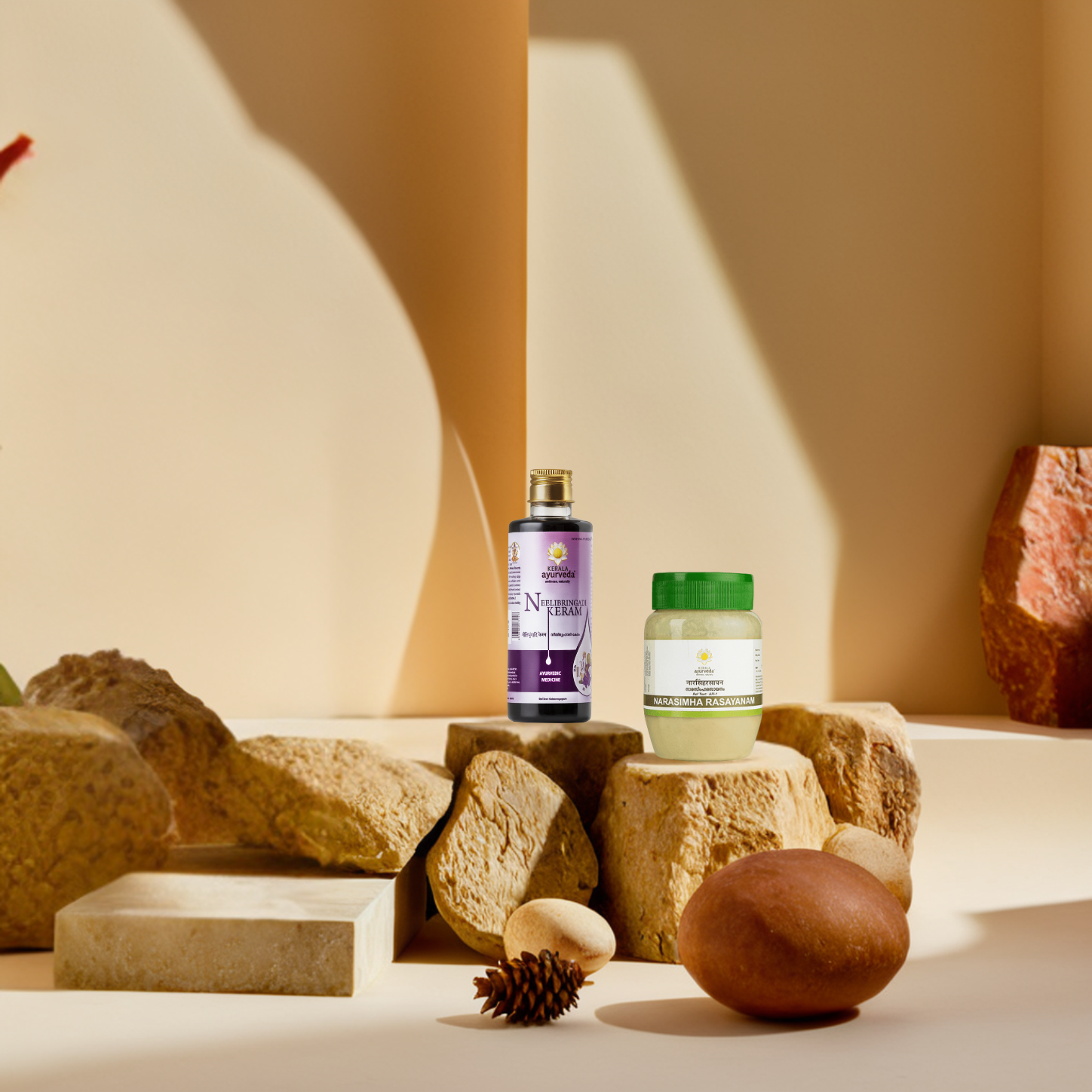Highlights
Growing up in an Indian household, ghee was more than just a kitchen staple; it was love, warmth, and tradition all packed in a golden jar. From the rich aroma of ghee-soaked parathas to the mouthwatering sweetness of homemade laddus, ghee was a constant in my life. But as the years went by and life picked up pace, things began to change. Corporate deadlines started replacing slow, soulful family dinners. Somewhere along the way, I began noticing that my body wasn’t responding to food the same way anymore. After several uneasy meals and a few tests, I discovered I was lactose intolerant. And just like that, my beloved ghee, once a symbol of everything warm and familiar, had to take a backseat in my diet.

For years, I missed that rich, buttery flavor. Then one day, I found cultured ghee and it felt like finding a piece of my childhood I thought I had lost forever. That rich, familiar taste was back, but this time, without the discomfort that had kept me away. Here’s my journey with cultured ghee and why you might want to try it too
For years, I missed that rich, buttery flavor. Then one day, I found cultured ghee and it felt like finding a piece of my childhood I thought I had lost forever. That rich, familiar taste was back, but this time, without the discomfort that had kept me away. Here’s my journey with cultured ghee and why you might want to try it too.
What Makes Cultured Ghee Different?
The difference lies in the preparation and that’s what makes it so special for those with dairy sensitivities. Cultured ghee starts with separating the cream from milk just like regular ghee. But instead of churning the cream directly into butter, the cream is first fermented by adding yoghurt. This fermentation process breaks down lactose (the natural sugar in milk) into lactic acid, making the final product easier to digest.
Once the cream has turned into yogurt, it’s churned into butter, separating the butterfat from the buttermilk. This cultured butter is then slow cooked over a low flame, allowing the water content to evaporate and the milk solids to separate. These solids are removed, leaving behind pure, golden ghee.
And guess the result?! A more gut-friendly version of ghee that’s not just easier to digest but also richer in taste and aroma.
Why Cultured Ghee Is Ideal for Lactose Intolerance

If you are lactose intolerant like me you would have probably given up on dairy altogether, thinking it's easier than dealing with the aftermath. It is just because breaking down the milk protein Lactose into glucose and galactose requires an enzyme called Lactase which we lack. But while regular ghee contains lactose, cultured ghee takes it a step further by naturally breaking down most of the lactose during fermentation. By the time the ghee is prepared, almost no trace of lactose remains making cultured ghee ideal for people who are lactose intolerant. The process even enriches the ghee with butyric acid, which supports gut health, reduces inflammation, and improves digestion making it ideal for us.

That’s why cultured ghee is often recommended for those with lactose intolerance or dairy sensitivities. Even though the bacterial cultures used in fermentation don’t survive the ghee-making process (since ghee is cooked at high heat), their impact lingers. The fermentation process makes the final product far gentler on the stomach and easier to digest. For me, this was a revelation. Cultured ghee brought back all the flavor I missed, without the unpleasant side effects.
The Ayurvedic perspective on cultured ghee
Ayurveda holds ghee, especially cultured ghee, in high regard. Known as Goghrta, cow’s ghee is considered the best among all fats in Ayurveda. It’s praised for its ability to:
- Boosts digestion: Cultured ghee strengthens your digestive fire (Agni), helping your body break down food better and absorb nutrients effectively.
- Balance Doshas: According to Ayurveda, your body’s balance depends on three energies called Doshas. Cultured ghee helps balance Vata, and Pitta dosha.
- Nourishes body tissues (Poshaka Dhatu): When digestion is strong, it produces high-quality nutrients (Ahara Rasa), which nourish Poshaka Dhatu , the tissues that improve strength (Bala), enhance skin glow (Varna), and boost vitality and immunity (Ojas).
Cultured ghee is also valued for its Rasayana properties promoting longevity, healthy tissues, and improved metabolism. Ayurveda even describes ghee’s unique Samskarasya Anuvarthana (ability to retain the properties of herbs when used as a carrier) and Yogavahi (ability to enhance the effects of other ingredients), making medicated ghee a powerful remedy for various conditions.
In short, Ayurveda’s wisdom makes cultured ghee not just a cooking ingredient but a therapeutic powerhouse.
How to include cultured ghee in your daily routine
Here are some easy ways I’ve incorporated cultured ghee into my life:
Tips for adding cultured ghee to your diet:
- Add a spoonful to warm rice or dal for enhanced flavor and better digestion.
- Spread a thin layer on your chapati or paratha for a rich, buttery taste.
- Use it for tempering spices in your curries or stir-fried vegetables.
Curious about the difference between cultured ghee and regular ghee?
If you’d like to dive deeper into the science behind cultured ghee, how it’s made, why it’s better for those with dairy sensitivities, and how it differs from regular ghee, check out Cultured ghee v/s normal ghee.
For me, cultured ghee was more than just a healthier alternative, it was a way to reconnect with my roots, my family’s traditions, and my favorite childhood flavors. If you’ve been avoiding ghee due to lactose intolerance, this might just be the solution you’ve been looking for. Sometimes, the best comfort food is the one that brings both taste and peace of mind and for me, cultured ghee does exactly that.





